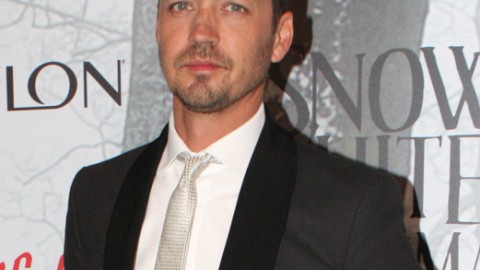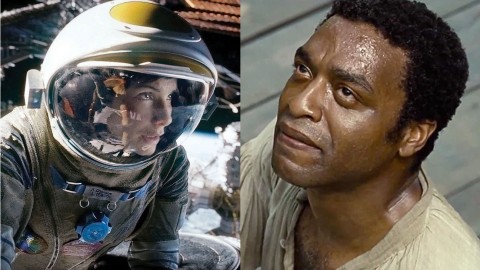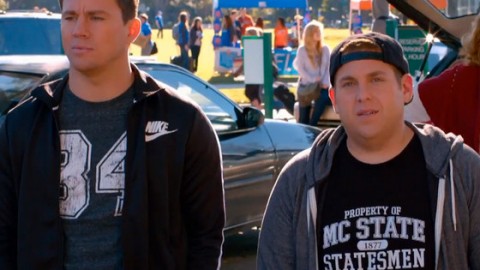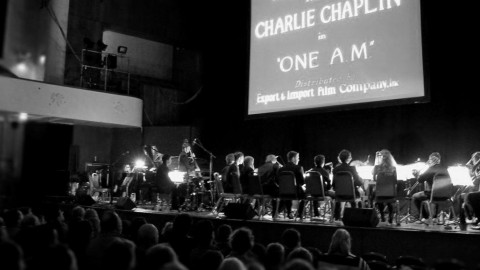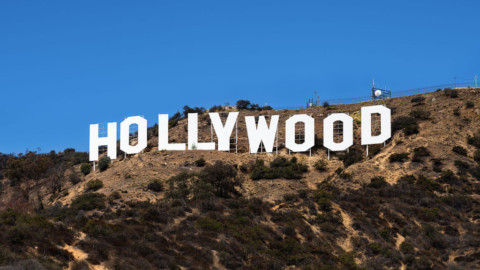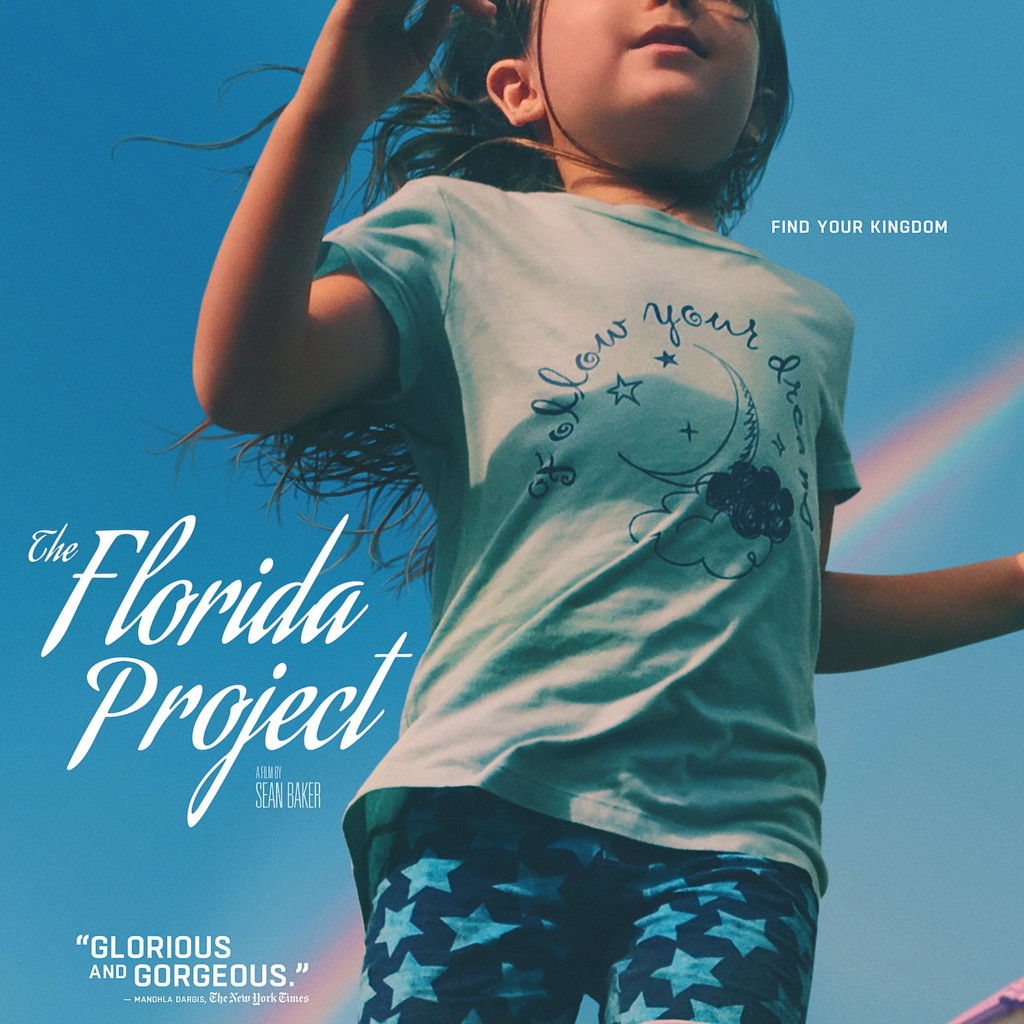
The Florida Project: Some movies are escape hatches, meant to deposit you someplace better and brighter than where you started. Others meet the problems of the world head on. What could be more 2017 than a film that does both simultaneously, letting sobering reality encroach on magic, or maybe vice versa? The Florida Project, Sean Baker’s beautifully bittersweet portrait of life on the economic outskirts of the Sunshine State, takes place primarily at a flophouse Magic Kingdom both tantalizingly close and impossibly far from the real one. Half of the film unfolds from the waist-high perspective of latchkey child Moonee (Brooklynn Prince), cutting a path of unsupervised mischief across the property. The other half devotes itself to the hardships of the girl’s trash-talking mother Halley (Bria Vinaite), struggling to shield her daughter from the harsher truths of poverty. Baker, an open-hearted ally of the disenfranchised, builds his funny, heartbreaking, triumphantly alive movie on the nexus between their experiences. And he locates something close to a worldview in the entwined exasperation and compassion expressed by put-upon motel manager Bobby, brought to almost unspeakably moving life by a never-better Willem Dafoe. If this wasn’t the most 2017 movie of 2017, maybe it was just the one we desperately needed.
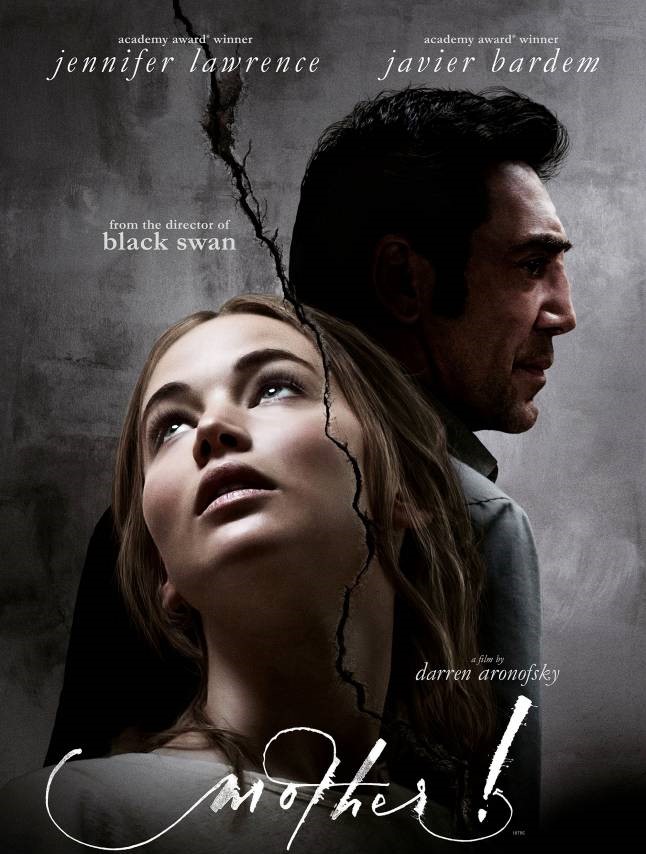 Mother!: Is it a biblical allegory? A cautionary tale about climate change? A barbed treatise on the nature of creativity? Darren Aronofsky’s veiled confession about what a nightmare it is to date him? All of the above, plus the year’s most audacious, polarizing provocation. Remarkable to think that this phantasmagorical assault, which in a sense encompasses the entirety of recorded history (and beyond), unfolds exclusively in a single house, which Jennifer Lawrence’s unnamed, beatific mom-to-be struggles to protect from a series of invasive interlopers. Arguing about what it all means can be great fun, but Mother! is best experienced as pure sensation-a rollercoaster that ratchets you uphill for miles, until the lack of oxygen makes you lightheaded, then plummets you at 200 miles per hour through one of those haunted house rides in which something horrific pops out at you around every turn. Except that in this case, “something horrific” just means humanity.
Mother!: Is it a biblical allegory? A cautionary tale about climate change? A barbed treatise on the nature of creativity? Darren Aronofsky’s veiled confession about what a nightmare it is to date him? All of the above, plus the year’s most audacious, polarizing provocation. Remarkable to think that this phantasmagorical assault, which in a sense encompasses the entirety of recorded history (and beyond), unfolds exclusively in a single house, which Jennifer Lawrence’s unnamed, beatific mom-to-be struggles to protect from a series of invasive interlopers. Arguing about what it all means can be great fun, but Mother! is best experienced as pure sensation-a rollercoaster that ratchets you uphill for miles, until the lack of oxygen makes you lightheaded, then plummets you at 200 miles per hour through one of those haunted house rides in which something horrific pops out at you around every turn. Except that in this case, “something horrific” just means humanity.
 Lady Bird: Writer-director Greta Gerwig accomplishes something extraordinary with Lady Bird, a story that’s both hyper-specific and universally relatable. The film takes place in Sacramento, California over the course of the 2002-2003 school year, where 17-year-old Christine “Lady Bird” McPherson (Saoirse Ronan) dreams of ditching what she calls “the Midwest of California” and escaping to New York City. Gerwig cradles Lady Bird’s story like a delicate baby, allowing the tension between her characters to arise organically and daring to make them refreshingly, well, ordinary. And although it’s also frequently hilarious, Gerwig derives real emotional impact from Lady Bird’s strained relationship with her mother (Laurie Metcalf), whose desire to protect her daughter from disappointment manifests as a tendency towards cutting, critical remarks. It’s a film deftly attuned to the tedious cycles of teenage life, an age where the present feels like a heavy weight pressing down on your chest and the future like a cloudless blue sky that goes on foreve
Lady Bird: Writer-director Greta Gerwig accomplishes something extraordinary with Lady Bird, a story that’s both hyper-specific and universally relatable. The film takes place in Sacramento, California over the course of the 2002-2003 school year, where 17-year-old Christine “Lady Bird” McPherson (Saoirse Ronan) dreams of ditching what she calls “the Midwest of California” and escaping to New York City. Gerwig cradles Lady Bird’s story like a delicate baby, allowing the tension between her characters to arise organically and daring to make them refreshingly, well, ordinary. And although it’s also frequently hilarious, Gerwig derives real emotional impact from Lady Bird’s strained relationship with her mother (Laurie Metcalf), whose desire to protect her daughter from disappointment manifests as a tendency towards cutting, critical remarks. It’s a film deftly attuned to the tedious cycles of teenage life, an age where the present feels like a heavy weight pressing down on your chest and the future like a cloudless blue sky that goes on foreve
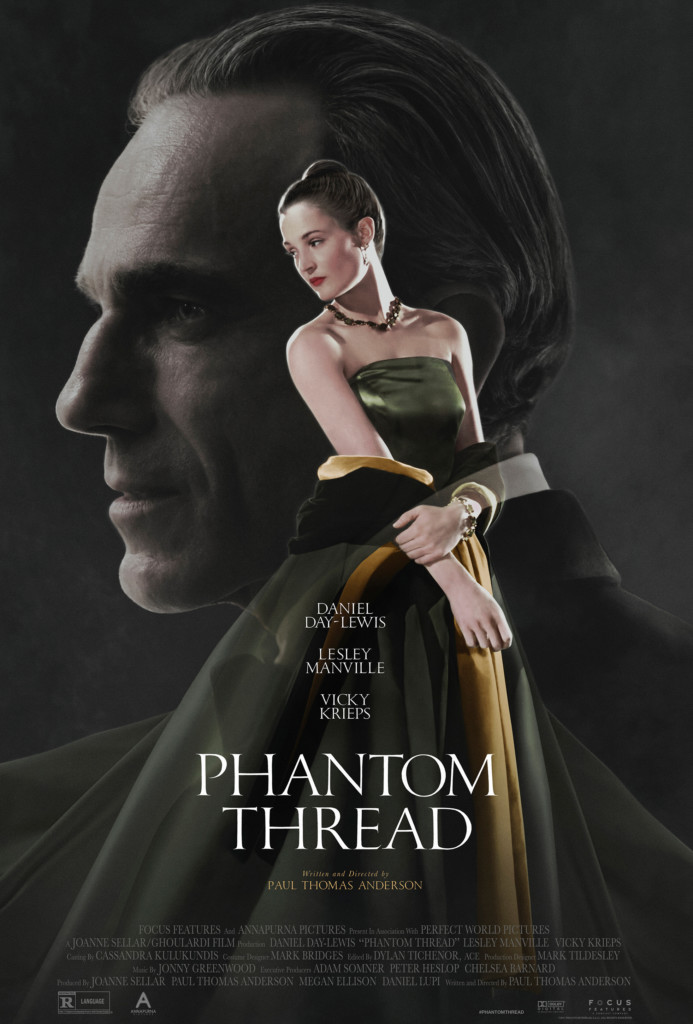 Phantom Thread: Paul Thomas Anderson’s eerie Gothic drama about the relationship between a dressmaker (Daniel Day-Lewis) and his muse (Vicky Krieps) in post-war London has the clearest thesis of any of the writer-director’s post- Punch Drunk Love work, though it’s expressed in mysterious terms, characterized by ellipses and contradictions. (It’s narrated by one character, but seen mostly from the other’s point-of-view, for example.) The American dreams and sexual frustrations of Anderson’s earlier movies are gone (the film is purposely sexless), but his characters are still creatures of appetite; in retrospect, it’s amazing how much of the plot is driven by taste, in both senses of the term. The performances are terrific across the board, while the filmmaking is elegant, intimate, and ambiguously charged, from Anderson’s own (un-credited) cinematography to the creepy and romantic Jonny Greenwood score; the film’s enigmatic and evasive qualities are part and parcel to its psychological portraiture. It’s a beautiful film to get lost in.
Phantom Thread: Paul Thomas Anderson’s eerie Gothic drama about the relationship between a dressmaker (Daniel Day-Lewis) and his muse (Vicky Krieps) in post-war London has the clearest thesis of any of the writer-director’s post- Punch Drunk Love work, though it’s expressed in mysterious terms, characterized by ellipses and contradictions. (It’s narrated by one character, but seen mostly from the other’s point-of-view, for example.) The American dreams and sexual frustrations of Anderson’s earlier movies are gone (the film is purposely sexless), but his characters are still creatures of appetite; in retrospect, it’s amazing how much of the plot is driven by taste, in both senses of the term. The performances are terrific across the board, while the filmmaking is elegant, intimate, and ambiguously charged, from Anderson’s own (un-credited) cinematography to the creepy and romantic Jonny Greenwood score; the film’s enigmatic and evasive qualities are part and parcel to its psychological portraiture. It’s a beautiful film to get lost in.
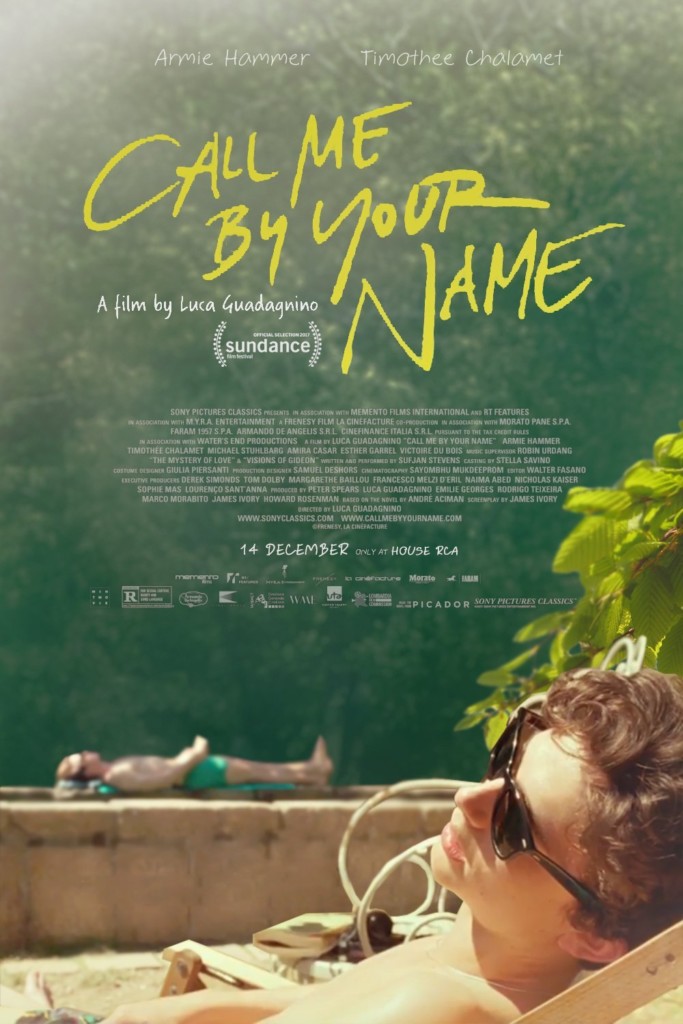 Call Me By Your Name: Films about the heady buzz of first love aren’t exactly hard to come by, but it’s rare to find one as poetically realized as Luca Guadagnino’s Call Me By Your Name. Although more stylistically restrained than is usual for him, Guadagnino’s lush sensibilities can’t help but lend a baroque quality to the tale of a summer affair between teenage musical prodigy Elio (Timothée Chalamet) and twentysomething Oliver (Armie Hammer), a cocky American student who’s spending the summer studying with Elio’s archaeologist father (Michael Stuhlbarg) at the family home in Northern Italy. Over a series of long, lazy afternoons and wine-drunk nights, Elio and Oliver begin a flirtation that hangs heavy between them like the humid summer air. The chemistry between Hammer and Chalamet makes it easy to get swept up in Elio’s erotic awakening, even though we know as well as he does that their love will be followed by heartbreak as surely as summer heat by winter cold.
Call Me By Your Name: Films about the heady buzz of first love aren’t exactly hard to come by, but it’s rare to find one as poetically realized as Luca Guadagnino’s Call Me By Your Name. Although more stylistically restrained than is usual for him, Guadagnino’s lush sensibilities can’t help but lend a baroque quality to the tale of a summer affair between teenage musical prodigy Elio (Timothée Chalamet) and twentysomething Oliver (Armie Hammer), a cocky American student who’s spending the summer studying with Elio’s archaeologist father (Michael Stuhlbarg) at the family home in Northern Italy. Over a series of long, lazy afternoons and wine-drunk nights, Elio and Oliver begin a flirtation that hangs heavy between them like the humid summer air. The chemistry between Hammer and Chalamet makes it easy to get swept up in Elio’s erotic awakening, even though we know as well as he does that their love will be followed by heartbreak as surely as summer heat by winter cold.
 A Ghost Story: Every once in a while, a particularly effects-heavy blockbuster gets singled out as being particularly post-actor, usually due to a reliance on CG imagery. David Lowery’s A Ghost Story earns that distinction better than most, but it uses only a common bed sheet to obscure its central performer. Casey Affleck plays a musician who dies, then returns to haunt his lover (Rooney Mara) and their house as a stereotypically garbed spectre, visible only to the audience. As the ghost cannot or will not leave his former home, the world moves on without him. The film initially resembles a close-up study of relationship strife and grief, but as it drifts forward in time, it turns into something both sweeping and unknowably intimate. Lowery continues to separate his actors with blocking, a Will Oldham monologue, and, as ever, that bed sheet, yet the effects aren’t entirely isolating. Quite to the contrary: This is one of the year’s most transporting experiences.
A Ghost Story: Every once in a while, a particularly effects-heavy blockbuster gets singled out as being particularly post-actor, usually due to a reliance on CG imagery. David Lowery’s A Ghost Story earns that distinction better than most, but it uses only a common bed sheet to obscure its central performer. Casey Affleck plays a musician who dies, then returns to haunt his lover (Rooney Mara) and their house as a stereotypically garbed spectre, visible only to the audience. As the ghost cannot or will not leave his former home, the world moves on without him. The film initially resembles a close-up study of relationship strife and grief, but as it drifts forward in time, it turns into something both sweeping and unknowably intimate. Lowery continues to separate his actors with blocking, a Will Oldham monologue, and, as ever, that bed sheet, yet the effects aren’t entirely isolating. Quite to the contrary: This is one of the year’s most transporting experiences.
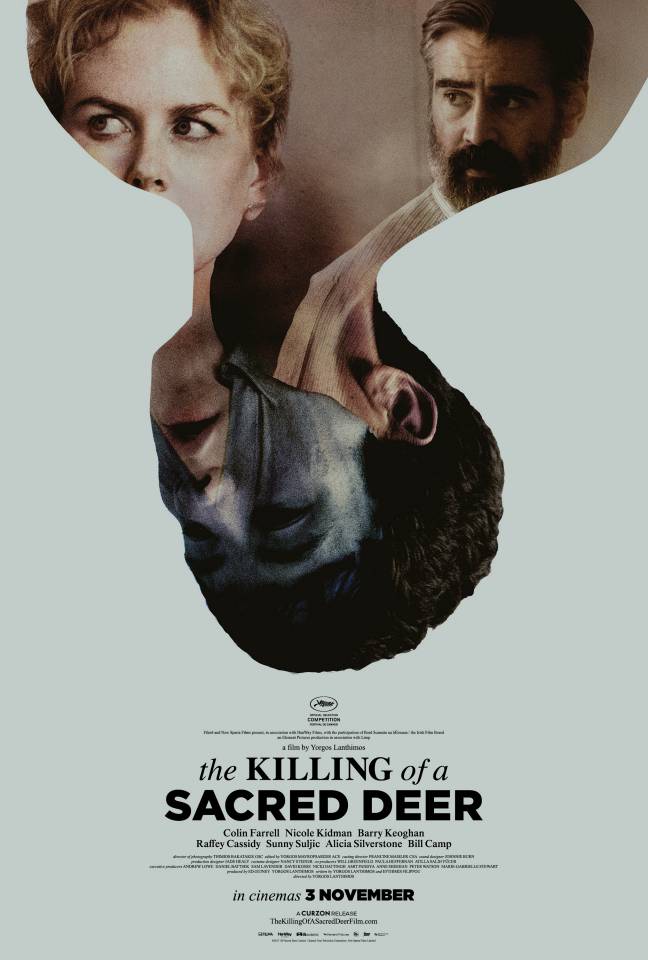 The Killing of A Sacred Deer: Yorgos Lanthimos takes the piss out of the Michael Haneke-style allegory of bourgeois guilt with this demented dark fable about a heart surgeon (a bushy-bearded Colin Farrell) cursed into making an unconscionable decision by a teenage creep (Barry Keoghan) and his own unwillingness to take responsibility for his failings. As in the director’s breakthrough, Dogtooth, and his English-language debut, The Lobster, the real subject is the twisted logic of relationships, obligations, and social façades, caricatured through the director’s distinctive blend of grotesquery, surreal deadpan, and alienness. The inspiration comes from Greek mythology, with Farrell as a suburban King Agamemnon, but the style is almost Kubrickian and rivetingly strange, cracking into nightmare in the climactic scene.
The Killing of A Sacred Deer: Yorgos Lanthimos takes the piss out of the Michael Haneke-style allegory of bourgeois guilt with this demented dark fable about a heart surgeon (a bushy-bearded Colin Farrell) cursed into making an unconscionable decision by a teenage creep (Barry Keoghan) and his own unwillingness to take responsibility for his failings. As in the director’s breakthrough, Dogtooth, and his English-language debut, The Lobster, the real subject is the twisted logic of relationships, obligations, and social façades, caricatured through the director’s distinctive blend of grotesquery, surreal deadpan, and alienness. The inspiration comes from Greek mythology, with Farrell as a suburban King Agamemnon, but the style is almost Kubrickian and rivetingly strange, cracking into nightmare in the climactic scene.
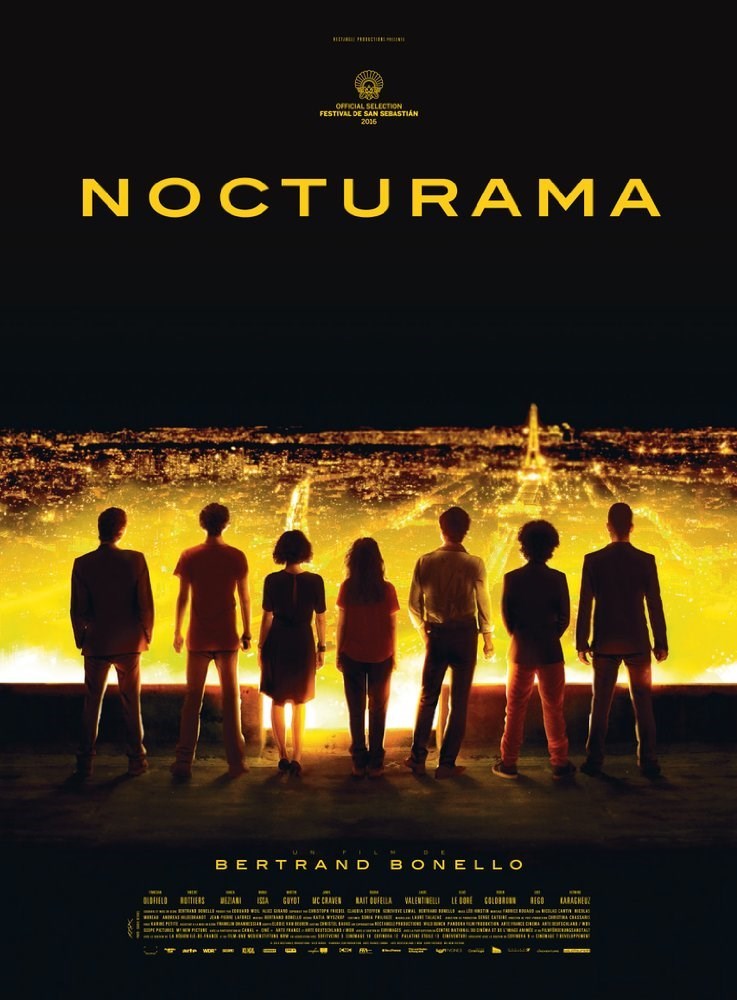 Nocturama: Nocturama came and went from global theatres like a vivid fever dream fading with the morning light, and it’s not difficult to figure out why: Any film that unfolds from the perspective of teenage terrorists plotting an attack on Paris is lucky to get released at all (Thanks Grasshopper Film, for braving the potential controversy.). But there’s really no confusing Bertrand Bonello’s gripping, stylishly disturbing vision of destructive youth for a realistic depiction of extremism. Despite its procedural, hour-by-hour construction, Nocturama is more allegorical: a tragedy about kids vaguely lashing out against cultural values deeply ingrained within them, until being drawn—like the shambling corpses of George Romero’s Dawn Of The Dead—to a consumerist temple that may become their tomb. Beneath the provocative questions lies a tour-de-force of mesmerizing technique, as Bonello bends chronology around his adolescent radicals, exploits the electrifying resonance of pop music, and goes full genre without trivializing the real horror of a city on fire.
Nocturama: Nocturama came and went from global theatres like a vivid fever dream fading with the morning light, and it’s not difficult to figure out why: Any film that unfolds from the perspective of teenage terrorists plotting an attack on Paris is lucky to get released at all (Thanks Grasshopper Film, for braving the potential controversy.). But there’s really no confusing Bertrand Bonello’s gripping, stylishly disturbing vision of destructive youth for a realistic depiction of extremism. Despite its procedural, hour-by-hour construction, Nocturama is more allegorical: a tragedy about kids vaguely lashing out against cultural values deeply ingrained within them, until being drawn—like the shambling corpses of George Romero’s Dawn Of The Dead—to a consumerist temple that may become their tomb. Beneath the provocative questions lies a tour-de-force of mesmerizing technique, as Bonello bends chronology around his adolescent radicals, exploits the electrifying resonance of pop music, and goes full genre without trivializing the real horror of a city on fire.
 Logan: The X-Men series is not known for airtight continuity, and what a blessing that has turned out to be. Freed from any real franchise requirements, Logan proceeds as a send-off for Hugh Jackman’s metal-clawed Wolverine far removed from his earlier stories, fitting for a character with enough longevity for several lives. Though this doesn’t look or sound much like any other superhero spectacles, let alone other X-Men movies, director James Mangold creates an emotional continuity with Wolverine’s series-long pain, exacerbated by the endless tug of war between his status as weapon and hero. The movie comes right up to the edge of wallowing, but is spared from the nihilistic abyss by its new takes on old characters (Patrick Stewart as an ornery, elderly Professor X; Stephen Merchant as Logan’s unexpected sidekick Caliban) and Wolverine’s belatedly tender relationship with his sort-of-daughter Laura (Dafne Keen). For post-credit cookies, look elsewhere. For a moving consideration of the ravages of age in a comic-book world, here’s Logan.
Logan: The X-Men series is not known for airtight continuity, and what a blessing that has turned out to be. Freed from any real franchise requirements, Logan proceeds as a send-off for Hugh Jackman’s metal-clawed Wolverine far removed from his earlier stories, fitting for a character with enough longevity for several lives. Though this doesn’t look or sound much like any other superhero spectacles, let alone other X-Men movies, director James Mangold creates an emotional continuity with Wolverine’s series-long pain, exacerbated by the endless tug of war between his status as weapon and hero. The movie comes right up to the edge of wallowing, but is spared from the nihilistic abyss by its new takes on old characters (Patrick Stewart as an ornery, elderly Professor X; Stephen Merchant as Logan’s unexpected sidekick Caliban) and Wolverine’s belatedly tender relationship with his sort-of-daughter Laura (Dafne Keen). For post-credit cookies, look elsewhere. For a moving consideration of the ravages of age in a comic-book world, here’s Logan.
 Blade Runner 2049: Denis Villeneuve’s follow-up may have had a couple of weak spots but compared to its predecessor, it was notably more plot-heavy, in that modern blockbuster sort of way, and Jared Leto’s villain was a tad underdeveloped for how hammy he was. But really, these are nitpicking complaints for a such a worthy follow-up, one that builds on the original’s themes without merely rehashing them, expands on its story without ever feeling like it’s just nostalgic pandering, and what’s more, crafts a compelling new one that—even if you’ve never seen Blade Runner, you maniac-you can still appreciate on its own. Also Blade Runner 2049 deserves awards if not for anything then for astounding cinematography. This is one of the most gorgeous films of the year, effortlessly sweeping through the dizzying concentric spirals of artificial farms, the burnt-orange swirls of an irradiated, Ozymandias statue-strewn Las Vegas, and the rainy neon shimmers and glowing hologram stomping grounds of future Los Angeles. Like the original, Blade Runner 2049 has a painterly composition and immersive ambiance that rewards repeat visits, and I think it will grow a similar following over time.
Blade Runner 2049: Denis Villeneuve’s follow-up may have had a couple of weak spots but compared to its predecessor, it was notably more plot-heavy, in that modern blockbuster sort of way, and Jared Leto’s villain was a tad underdeveloped for how hammy he was. But really, these are nitpicking complaints for a such a worthy follow-up, one that builds on the original’s themes without merely rehashing them, expands on its story without ever feeling like it’s just nostalgic pandering, and what’s more, crafts a compelling new one that—even if you’ve never seen Blade Runner, you maniac-you can still appreciate on its own. Also Blade Runner 2049 deserves awards if not for anything then for astounding cinematography. This is one of the most gorgeous films of the year, effortlessly sweeping through the dizzying concentric spirals of artificial farms, the burnt-orange swirls of an irradiated, Ozymandias statue-strewn Las Vegas, and the rainy neon shimmers and glowing hologram stomping grounds of future Los Angeles. Like the original, Blade Runner 2049 has a painterly composition and immersive ambiance that rewards repeat visits, and I think it will grow a similar following over time.
P.S. Sorry “Nolan Sympathizers” Dunkirk didn’t make it to the list.
Tags: 10 Best Hollywood films of 2017 A Ghost Story Blade Runner 2049 Call Me By Your Name Hollywood Hollywood Best 2017 Hollywood movies Lady Bird Logan Mother Movies Nocturama Phantom Project The Florida Project The Killing of A Sacred Deer Top 10 Hollywood of 2017

